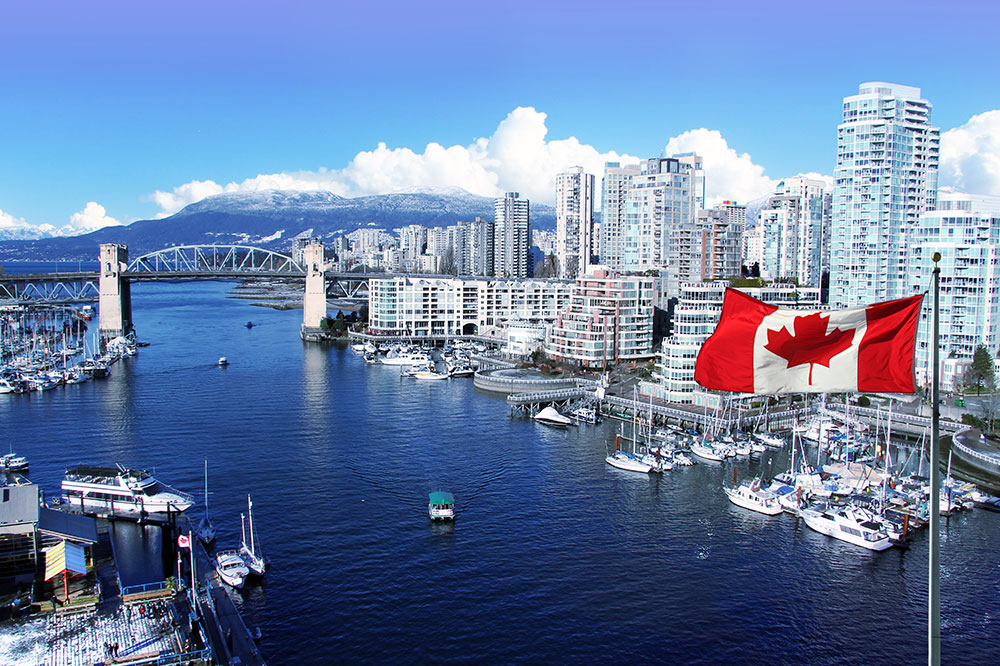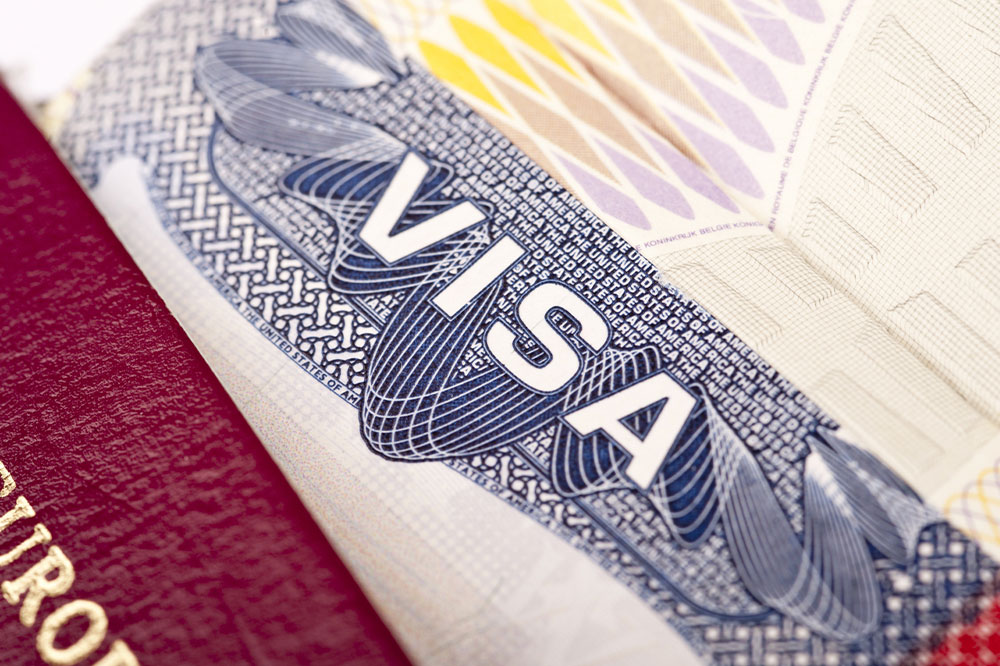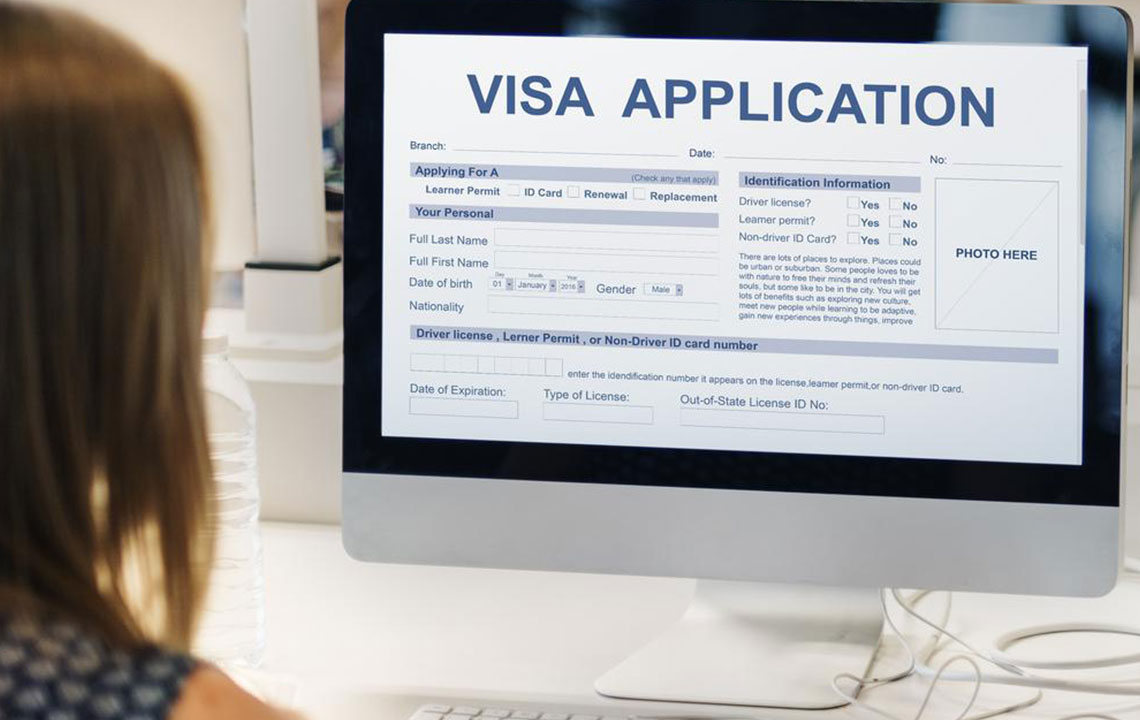Comprehensive Guide: Top 5 Routes to Immigrate to Canada
Discover the top five pathways to immigrate to Canada, including trade agreements, Express Entry, Provincial Nominee Programs, work holiday schemes, and spouse sponsorship. This comprehensive guide provides detailed insights into each route, helping prospective immigrants understand eligibility and streamline their application process for a successful move to Canada.

Comprehensive Guide: Top 5 Routes to Immigrate to Canada
Canada is renowned for its robust economy, exceptional quality of life, rich cultural diversity, and abundant career opportunities. These attributes make it one of the most sought-after destinations for immigrants around the world. Whether you're seeking better job prospects, educational opportunities, or a welcoming environment to settle down, Canada offers various pathways to achieve your immigration goals. Understanding the primary routes to move to Canada can significantly streamline your application process and increase your chances of success. Below, we explore the five most prominent pathways for migrating to Canada, providing detailed insights into each.
1. Free Trade Agreements (FTAs)
One of the most straightforward ways to move to Canada is through international trade agreements. Countries that have signed free trade agreements with Canada benefit from provisions that facilitate cross-border work and business operations. These agreements allow citizens of signatory nations to transfer jobs or set up businesses in Canada with relative ease. For example, companies with branches in both Canada and the United States can transfer employees across borders under specific visa and work permit options. The North American Free Trade Agreement (NAFTA) laid the groundwork, but it has now been superseded by the United States-Mexico-Canada Agreement (USMCA), which continues to support such mobility for Americans and Mexicans. These agreements help promote economic collaboration and provide a pathway for skilled professionals to work temporarily or permanently in Canada, especially for those employed in sectors covered under these treaties. Business owners and entrepreneurs also benefit by leveraging these agreements to expand into the Canadian market, creating mutual economic growth.
2. Express Entry System
The Express Entry system is one of Canada's most efficient and popular immigration pathways for skilled workers. Launched as an online application management platform, the system sorts through candidates worldwide based on a comprehensive points-based assessment. Qualified applicants are immediately entered into the Express Entry pool, where they are ranked according to factors such as age, education, work experience, language ability (English and French), and adaptability. Candidates with the highest scores are regularly invited to apply for permanent residence through regular draws. The system primarily manages three federal economic immigration programs: the Federal Skilled Worker Program, the Federal Skilled Trades Program, and the Canadian Experience Class. Successful applicants can expect to receive a permanent residence visa in as little as six months after receiving an invitation to apply. The streamlined process emphasizes merit-based selection, making it highly accessible for talented professionals worldwide. Additionally, candidates can improve their rankings by obtaining valid job offers, higher language proficiency, or additional education, thereby increasing their chances of success.
3. Provincial Nominee Program (PNP)
The Provincial Nominee Program provides a targeted approach for skilled workers and entrepreneurs to settle in specific Canadian provinces or territories. Each of Canada's 13 provinces and territories operates its own PNP, aligned with regional economic priorities and labor market needs. Applicants who possess skills, experience, or education that match the regional economic requirements can apply for nomination certificates through these programs. Once nominated, candidates receive additional points or pathways toward permanent residence under Canada’s federal immigration system. PNPs often reveal quick-tracking options for applicants, as provincial authorities recommend candidates with strong ties to local communities or specific skill sets in high demand. For instance, some provinces prioritize healthcare professionals, IT specialists, or tradespeople in their selection criteria. With around 80 streams across various provinces, applicants can choose the program that best fits their qualifications and career goals. Securing a provincial nomination significantly enhances the chance of obtaining permanent residence and often serves as a stepping stone for newcomers aiming to integrate into Canadian society.
4. International Work Holiday Programs
The International Work Holiday programs serve as excellent opportunities for young professionals and students to experience life and work in Canada temporarily. These programs are designed to promote cultural exchange and international cooperation, allowing eligible applicants to work legally for a predefined period—typically up to one or two years—while exploring Canada's diverse regions. Participants gain invaluable work experience, improve language skills, and establish international connections. Often, these short-term work permits serve as a pathway to permanent residency should participants find long-term employment during their stay. Many students and young professionals leverage this experience when applying through other immigration channels, such as the Express Entry system or Provincial Nominee Programs, seeking to transition from temporary to permanent residence. Programs such as the International Experience Canada (IEC) facilitate such exchanges, and eligibility criteria vary by country. This pathway is especially popular due to its relatively simple application process and the chance to immerse oneself in Canadian culture.
5. Spousal Sponsorship
Marriage to a Canadian citizen or permanent resident offers one of the most straightforward routes to legal residence in Canada. Spousal sponsorship programs facilitate the migration process for married partners or those in a conjugal relationship. Once married, the Canadian citizen or permanent resident can sponsor their spouse to become a permanent resident. The sponsorship process involves demonstrating genuine relationship, financial stability, and intent to reside together in Canada. The sponsored spouse can apply for an open work permit during the processing period, allowing them to work freely in Canada while their application is being evaluated. This route not only expedites the immigration process but also provides stability and a clear pathway for families wishing to settle together. Besides marriage, common-law partners and conjugal partners may also be eligible for sponsorship under specific criteria. The process requires proper documentation, and applicants must meet health, criminal background, and security checks to ensure eligibility. Overall, spouse sponsorship remains a crucial pathway for many immigrants seeking to reunite with their loved ones and establish new lives in Canada.
Conclusion
Canada's variety of immigration pathways reflects its commitment to attracting skilled professionals, entrepreneurs, and families from around the world. Whether through trade agreements, fast-track systems like Express Entry, regional nominations via PNPs, cultural exchange programs, or family reunification pathways such as spousal sponsorship, Canada offers numerous options tailored to individual circumstances. Understanding each pathway's eligibility criteria and application process can help aspiring immigrants plan effectively and realize their dream of living in one of the world's most welcoming countries. If you are considering moving to Canada, researching these routes thoroughly and consulting with immigration experts can enhance your application success and smooth your transition to Canadian life.




